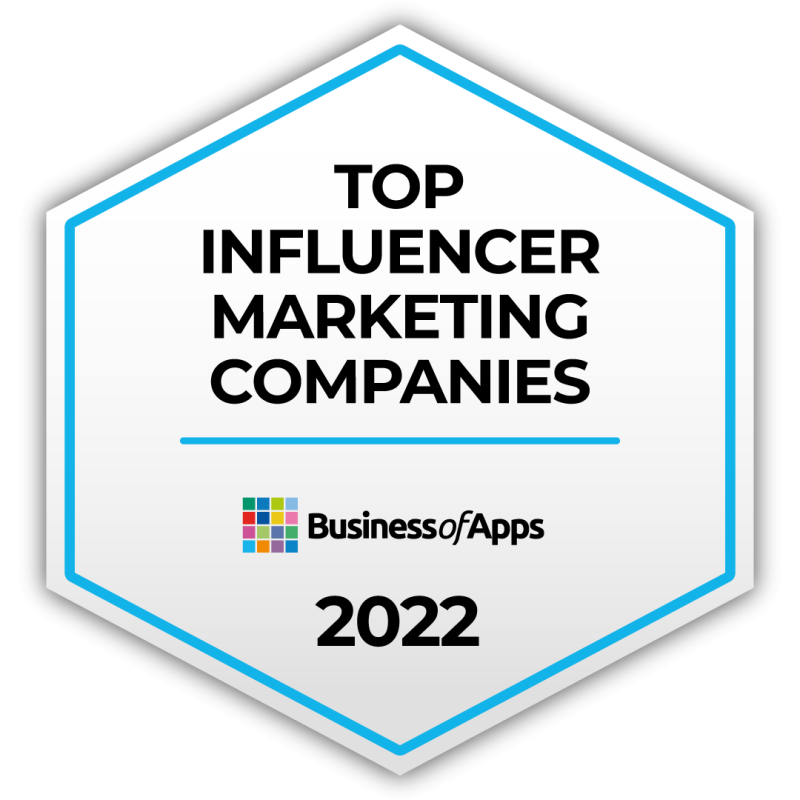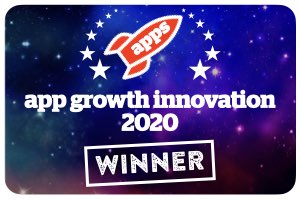Webinar Recap: Optimizing & Unearthing Opportunities Amid iOS Privacy Changes
In the latest yellowHEAD webinar, we discussed the impact of iOS 14 and what marketers can expect from iOS 15. The full webinar is available here.
It’s no exaggeration to say that recent iOS updates are transforming digital marketing and not all marketers are comfortable with that shift. Apple is prioritizing user privacy over traditional data collection, yet marketers can also benefit from these changes.
To better understand the positive impacts the changes can have on marketing strategy, yellowHEAD’s Head of Organic, Aviva Telias, recently hosted a webinar to discuss the fallout of iOS 14, the features of iOS 15, and what techniques marketers must prioritize in this new era. You can watch the entire webinar at this link, but here are some high-level takeaways to keep in mind:
Apple’s iOS 14 Updates Weren’t as Dramatic as Many Feared
While Apple’s data collection policies are relatively new, it does seem the direst iOS 14 predictions will not come to pass. Even Facebook, one of the most vocal proponents of IDFA, saw record growth in Q2 2021. That’s not to say marketers don’t see changes, but Apple’s transition is not quite as calamitous as many experts feared.
“The initial impression is that Apple is going to create an Armageddon, like a one day Armageddon, and everything will be changed from that day on,” Moshi Blum, VP of Marketing at Beach Bum Games said. “What happened actually is [Apple] did some dance … like two steps forward one step backward.” As an example, Moshi pointed to Apple staggering its privacy changes until the 14.5 patch and offering additional optimization tools in iOS 15.
“I was under the impression that Android CPIs and CPAs were [going to increase] and then decrease [by] the same rate on iOS,” Moshi continued. “But this is something that didn’t happen. [What] we actually saw is that they both increased. And, you know, the inventory that passed the barrier from iOS 14 to 14.5 was the one that was cheaper.”
Creative is More Crucial Than Ever
With iOS 14.5’s arrival, Apple gave users a choice to opt-in to IDFA data collection instead of leaving the option on by default. As a result, there is now less conversion-specific data for marketers to collect and analyze. Top-of-funnel metrics have become far more critical, particularly data relating to creative performance.
“Creative has always been a super significant part of our simulation, but with less and less data that we get on the targeting level, on the user’s level, the importance of creative has become much more significant,” Adi Susman, yellowHEAD User Acquisition Team Leader, explained. “Before iOS 14.5, we were relying on lower-funnel events and predicting the user’s behavior from that. Now, we are structuring our predictions on an upper funnel event, like clicks and CTR … creative [has] become maybe one of the most important things for testing.”
Having Multiple App Store Pages is a Game Changer
While today’s iOS focus is on user privacy, Apple will soon offer many features that genuinely excite our panelists. As just one example, app publishers can soon design custom App Store product pages for audience targeting. These storefront pages will also come with new A/B testing, measurement, and analytics tools that marketers can use to optimize content.
“Having multiple app pages is a huge acquisition enabler for an app that caters for multiple intents,” Elad Bleistein, Head of Mobile Growth at Wix, said. “Today, everything is encapsulated within one page, one title, one set of creatives. And of course, as performance marketers, we can imagine that there is a huge conversion rate dropped there. Having multiple pages catering for multiple intents, I think it’s a very concrete value for us as an advertiser.”
Optimization is a Challenge, But Brands Are Getting Creative
Marketers these days rely on easily-accessible data when crafting and fine-tuning campaigns. Thanks to Apple’s changes, the optimization process is much more difficult. The good news is these challenges are not impossible to overcome. Marketers are already experimenting with new techniques that can help them find essential insights, from analyzing contextual data to first-party data collection.
“I think that [web-to-app campaigns] are going to play a big part in [digital marketing],” Elad predicted. “It means that the campaign doesn’t lead to the app; it leads to a web page, in which the user identifies himself … and then once he opens the app, he identifies himself again. And then we allow web tracking in the old-fashioned way, which is very accurate, and enables you to have user-level tracking … There is no doubt that more and more advertisers are going to experiment with these kinds of funnels.”
“I think currently the industry is still adjusting to the new reality, and I think things will get better,” Roy Yanai, Head of Product at AppsFlyer, said. “We talked about conversion value. I think the networks will figure it out or the industry will figure it out. And also, I think for example, a lot of publishers have yet to adopt their SKAdNetwork which results in less attribution…So I think things will get better, obviously not perfect, not the way it used to be. But better.”
Roy added that many questions about iOS 15’s implementation remain. “A lot is yet [to be determined] in terms of documentation,” he noted. “And with regards to paid acquisition and connecting it to creative, it’s not fully determined whether they’re going to incorporate it in SKAdNetwork.” Despite these challenges, Roy remains optimistic that the industry can resolve them in time.
Thank you to Aviva, Adi, Moshi, Elad, and Roy for tackling this vital topic in our webinar.
If you’d like to find out more about how yellowHEAD can help you connect with audiences in our new marketing ecosystem, contact our team today.


















